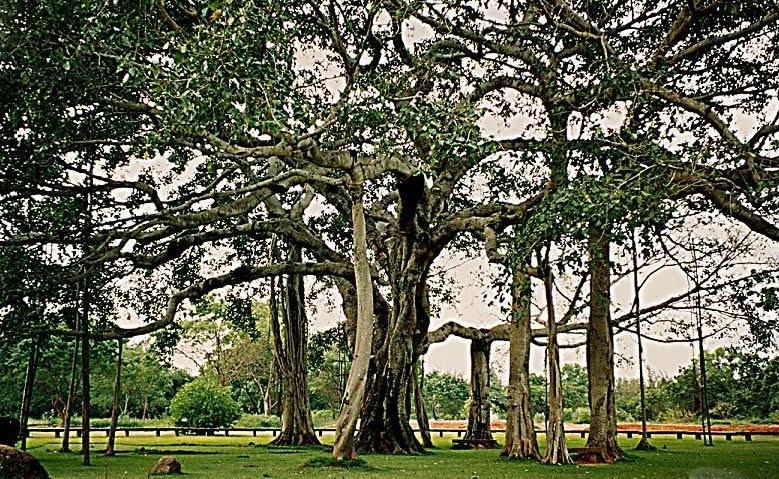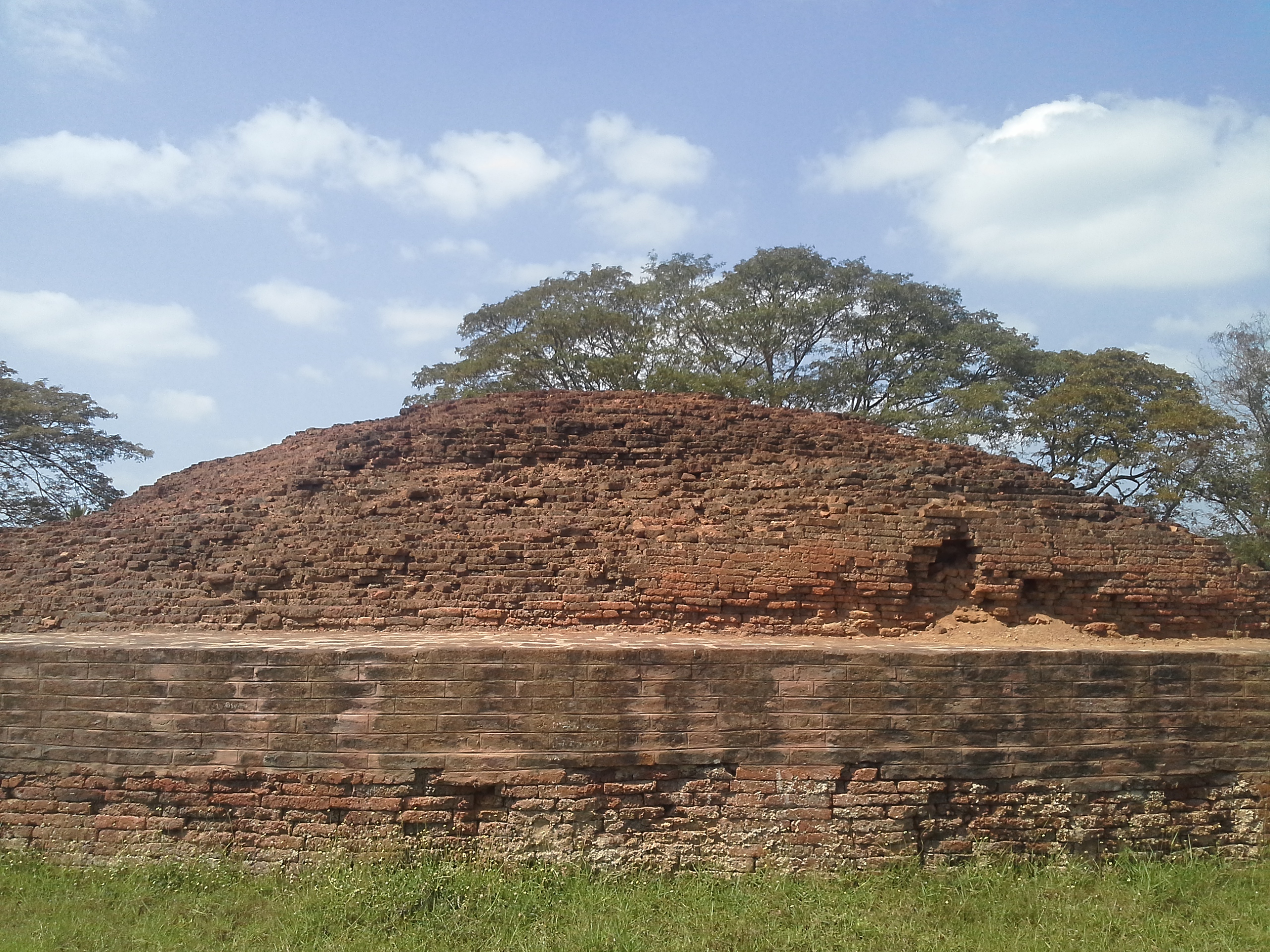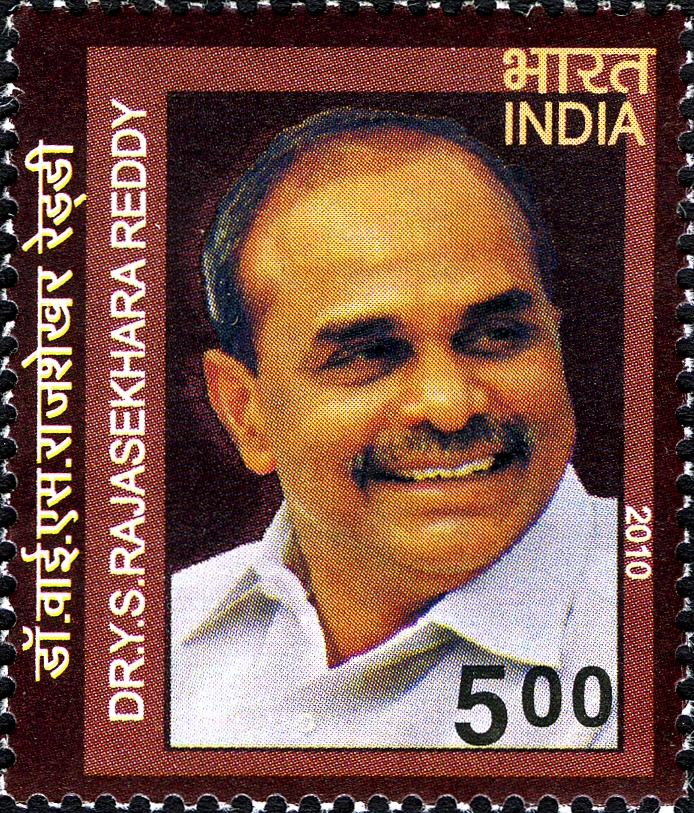|
Vemana
Vemana, popularly known as Yogi Vemana, was an Indian philosopher and poet in the Telugu language. His poems are known for their use of simple language and native idioms. They discuss the subjects of yoga, wisdom and morality. Early life and background There is no consensus among scholars about the period in which Vemana lived. C.P. Brown, known for his research on Vemana, estimates his year of birth to be 1652 based on some of his verses. Various sources say he was born in the fifteenth, sixteenth, seventeenth centuries and eighteenth centuries Vemana was a Vedic scholar and a great yogi in achala sidhantha. Vemana was born in Gandikota, Kadapa district in Andhra Pradesh. Death There is a headstone marking the grave of Yogi Vemana in Katarupalli (Kadiri town), a village in Kadiri taluk, Anantapur district, Andhra Pradesh. It is widely believed that Vemana died in this village. As he was a yogi, he was buried and not cremated. Poetic style Many lines of Yogi Vemana' ... [...More Info...] [...Related Items...] OR: [Wikipedia] [Google] [Baidu] |
Charles Philip Brown
Charles Philip Brown (10 November 1798 – 12 December 1884) was a British official of the East India Company. He worked in what is now Andhra Pradesh, and became an important scholarly figure in Telugu language literature. Background Telugu literature was in a dormant phase in the 18th century, for a number of social and political reasons - a lack of creative Telugu poets, prevailing illiteracy and the decline of the Vijayanagara Empire as patrons of Telugu literature. Brown, as official in the region, collected and edited works. He believed he had saved the heritage of the Telugu language. In his own words, "Telugu literature was dying out; the flame was flickering in the socket. In 1825, I found Telugu literature dead. In 30 years I raised it to life". Janamaddi Hanumath Sastri, who has researched Brown's life, established a library in Kadapa in his memory. Biography Charles Brown was born in Calcutta on 10 November 1798. His father David Brown was a manager of an orphan ... [...More Info...] [...Related Items...] OR: [Wikipedia] [Google] [Baidu] |
Yogi Vemana (film)
''Yogi Vemana'' is a 1947 Telugu-language biographical film produced and directed by K. V. Reddy. The story is based on the life of saint poet Vemana. V. Nagayya played the role of Vemana and also composed music and sang many poems and songs in this film exposing his multifaceted talents. Cast * V. Nagayya as Vemana * Mudigonda Lingamurthy as Abhirama * M. V. Rajamma * Doraiswamy * Parvatibai * Baby Krishnaveni as Jyoti * Bezawada Rajarathnam * B. Padmanabham Crew * Director: K. V. Reddy * Screenplay: K. V. Reddy, Kamalakara Kameswara Rao * Assistant Director: Kamalakara Kameswara Rao * Dialogues and Songs: Samudrala Sr. * Producer: K. V. Reddy * Production Company: Vauhini Studios * Original Music: V. Nagayya and Ogirala Ramchandra Rao * Cinematography: Marcus Bartley * Sound: A Krishnan * Playback singers: V. Nagayya, M. V. Rajamma, Bezawada Rajarathnam, Ghantasala * Choreographer: Vedantam Raghavayya Vedantam Raghavayya (8 June 1919 –19,October 1971) was an ... [...More Info...] [...Related Items...] OR: [Wikipedia] [Google] [Baidu] |
Kadiri
Kadiri is a major city in Sri Sathya Sai district, Sri Sathya Sai District the Indian state of Andhra Pradesh. It is a ''Special Grade'' Municipal City Council and headquarters of Kadiri Mandal and Kadiri revenue division, Kadiri Revenue Division. Kadiri taluk, Kadiri Taluka ('Mandalam') was the largest taluk in the state of Andhra Pradesh. Kadiri is known for its jasmine and saffron flowers. Kadiri saffron is widely sold in Andhra and Karnataka. The Sri Lakshmi Narasimhaswamy Temple is reminiscent of Kadiri to the people of Karnataka, Telangana And Tamil Nadu. The name of Kadiri has also some interesting past. The town was initially named as Khadripuram (Telugu: ఖాద్రీపురం) as khadara plants were found in the surrounding forests. Notable locations Sri Khadri Lakshmi Narasimha Swamy Temple According to Hindu mythology, Lord Narasimha emerged as Swayambhu from the roots of the Kadiri tree to assassinate Hiranyakashyap - the father of Prahlada. Because of th ... [...More Info...] [...Related Items...] OR: [Wikipedia] [Google] [Baidu] |
Andhra Pradesh
Andhra Pradesh (ISO 15919, ISO: , , AP) is a States and union territories of India, state on the East Coast of India, east coast of southern India. It is the List of states and union territories of India by area, seventh-largest state and the List of states and union territories of India by population, tenth-most populous in the country. Telugu language, Telugu is the most widely spoken language in the state, as well as its official language. Amaravati is the state capital, while the largest city is Visakhapatnam. Andhra Pradesh shares borders with Odisha to the northeast, Chhattisgarh to the north, Karnataka to the southwest, Tamil Nadu to the south, Telangana to northwest and the Bay of Bengal to the east. It has the Coastline of Andhra Pradesh, third-longest coastline in India at about . Archaeological evidence indicates that Andhra Pradesh has been continuously inhabited for over 247,000 years, from early archaic Hominini, hominins to Neolithic settlements. The earliest r ... [...More Info...] [...Related Items...] OR: [Wikipedia] [Google] [Baidu] |
Kadapa District
YSR Kadapa district is one of the twenty six districts in the Indian state of Andhra Pradesh. In the 2022 reorganisation of Andhra Pradesh districts, the district boundary was largely restricted to the Kadapa parliamentary constituency area. It is one of the eight districts in the Rayalaseema region. Kadapa is the administrative headquarters for this district. Barytes, limestone, asbestos and uranium are major mineral resources of the district. The district is home to many religious and historic places of interest. Kodandarama Temple at Vontimetta, Chennakesava temple of Pushpagiri, Siddavatam Fort and Gandikota gorge are some of the famous places. Etymology The old records of the district reveal that Kadapa was previously called ''Gadapa'' which translated in Telugu to ''threshold''. The ancient village of Kadapa with its large tank and temple of Lord Venkateswara at Devuni Kadapa was a convenient camping place for the myriads of pilgrims travelling to the holy shrine ... [...More Info...] [...Related Items...] OR: [Wikipedia] [Google] [Baidu] |
Gandikota
Gandikota is a village and historical fort on the right bank of the Penna river, 15 km from Jammalamadugu in Kadapa district, Andhra Pradesh, India. The fort was the centre of power for various dynasties, such as the Kalyani Chalukyas, Pemmasani Nayakas, and the Golconda Sultanate. Initially, a sand fort was constructed by Kaka Raja, a vassal of the Kalyani Chalukya rulers. The village transformed into a major fortified settlement with the rise of the Pemmasani Nayakas. Later, various additions reflecting Islamic architectural styles were made during the period of Muslim rule. The fort is a centrally protected monument of Archaeological Survey of India (ASI). Etymology The fort of Gandikota acquired its name due to the 'gorge', formed between the Erramala range of hills, also known as Gandikota hills and the river Penna (Pennar) that flows at its foot, reducing its width to a mere 100 m (look for the river image in the montage/main image). Geology Gandikota can ... [...More Info...] [...Related Items...] OR: [Wikipedia] [Google] [Baidu] |
Kadapa
Kadapa is a city in the southern part of Andhra Pradesh, India. It is located in the Rayalaseema region, and is the district headquarters of YSR Kadapa district. It is located south of the Penna River. The city is surrounded on three sides by the Nallamala and Palkonda Hills lying on the tectonic landscape between the Eastern and Western ghats. Black and red ferrous soils occupy the region. The city is nicknamed "Gadapa" ('threshold') since it is the gateway from the west to the hills of Tirumala. Kadapa has been under different rulers in its history, including the Cholas, the Vijayanagara Empire and Kingdom of Mysore. Etymology The city's name originated from the Telugu language, Telugu word "Gadapa" meaning threshold or gate. It acquired this name with its relation to the Venkateswara Temple, Tirumala; one had to pass through this city in the olden days to reach Venkateswara Temple, Tirumala. In Telugu, the word Gadapa means a threshold and over time, the name evolved i ... [...More Info...] [...Related Items...] OR: [Wikipedia] [Google] [Baidu] |
Indian Male Poets
Indian or Indians may refer to: Associated with India * of or related to India ** Indian people ** Indian diaspora ** Languages of India ** Indian English, a dialect of the English language ** Indian cuisine Associated with indigenous peoples of the Americas * Indigenous peoples of the Americas ** First Nations in Canada ** Native Americans in the United States ** Indigenous peoples of the Caribbean ** Indigenous languages of the Americas Places * Indian, West Virginia, U.S. * The Indians, an archipelago of islets in the British Virgin Islands Arts and entertainment Film * ''Indian'' (film series), a Tamil-language film series ** ''Indian'' (1996 film) * ''Indian'' (2001 film), a Hindi-language film Music * Indians (musician), Danish singer Søren Løkke Juul * "The Indian", an unreleased song by Basshunter * "Indian" (song), by Sturm und Drang, 2007 * "Indians" (song), by Anthrax, 1987 * Indians, a song by Gojira from the 2003 album '' The Link'' Other uses ... [...More Info...] [...Related Items...] OR: [Wikipedia] [Google] [Baidu] |
People From Rayalaseema
The term "the people" refers to the public or common mass of people of a polity. As such it is a concept of human rights law, international law as well as constitutional law, particularly used for claims of popular sovereignty. In contrast, a people is any plurality of persons considered as a whole. Used in politics and law, the term "a people" refers to the collective or community of an ethnic group or nation. Concepts Legal Chapter One, Article One of the Charter of the United Nations states that "peoples" have the right to self-determination. Though the mere status as peoples and the right to self-determination, as for example in the case of Indigenous peoples (''peoples'', as in all groups of indigenous people, not merely all indigenous persons as in ''indigenous people''), does not automatically provide for independent sovereignty and therefore secession. Indeed, judge Ivor Jennings identified the inherent problems in the right of "peoples" to self-determination, as i ... [...More Info...] [...Related Items...] OR: [Wikipedia] [Google] [Baidu] |
Year Of Death Uncertain
A year is a unit of time based on how long it takes the Earth to orbit the Sun. In scientific use, the tropical year (approximately 365 solar days, 5 hours, 48 minutes, 45 seconds) and the sidereal year (about 20 minutes longer) are more exact. The modern calendar year, as reckoned according to the Gregorian calendar, approximates the tropical year by using a system of leap years. The term 'year' is also used to indicate other periods of roughly similar duration, such as the lunar year (a roughly 354-day cycle of twelve of the Moon's phasessee lunar calendar), as well as periods loosely associated with the calendar or astronomical year, such as the seasonal year, the fiscal year, the academic year, etc. Due to the Earth's axial tilt, the course of a year sees the passing of the seasons, marked by changes in weather, the hours of daylight, and, consequently, vegetation and soil fertility. In temperate and subpolar regions around the planet, four seasons are gen ... [...More Info...] [...Related Items...] OR: [Wikipedia] [Google] [Baidu] |
Telugu Poets
Telugu may refer to: * Telugu language, a major Dravidian language of South India ** Telugu literature, is the body of works written in the Telugu language. * Telugu people, an ethno-linguistic group of India * Telugu script, used to write the Telugu language ** Telugu (Unicode block), a block of Telugu characters in Unicode See also * Telugu cinema * Telugu cuisine * Telugu culture (other) * Telugu states * "Ma Telugu Talliki "" is the official state song of the Indian state of Andhra Pradesh. The main subject of the song, Mother Telugu, is portrayed as a sacred symbol of the Telugu people. Many schools and government events start with this song. Background The w ...", state song of Andhra Pradesh, India * * {{disambiguation Language and nationality disambiguation pages ... [...More Info...] [...Related Items...] OR: [Wikipedia] [Google] [Baidu] |





